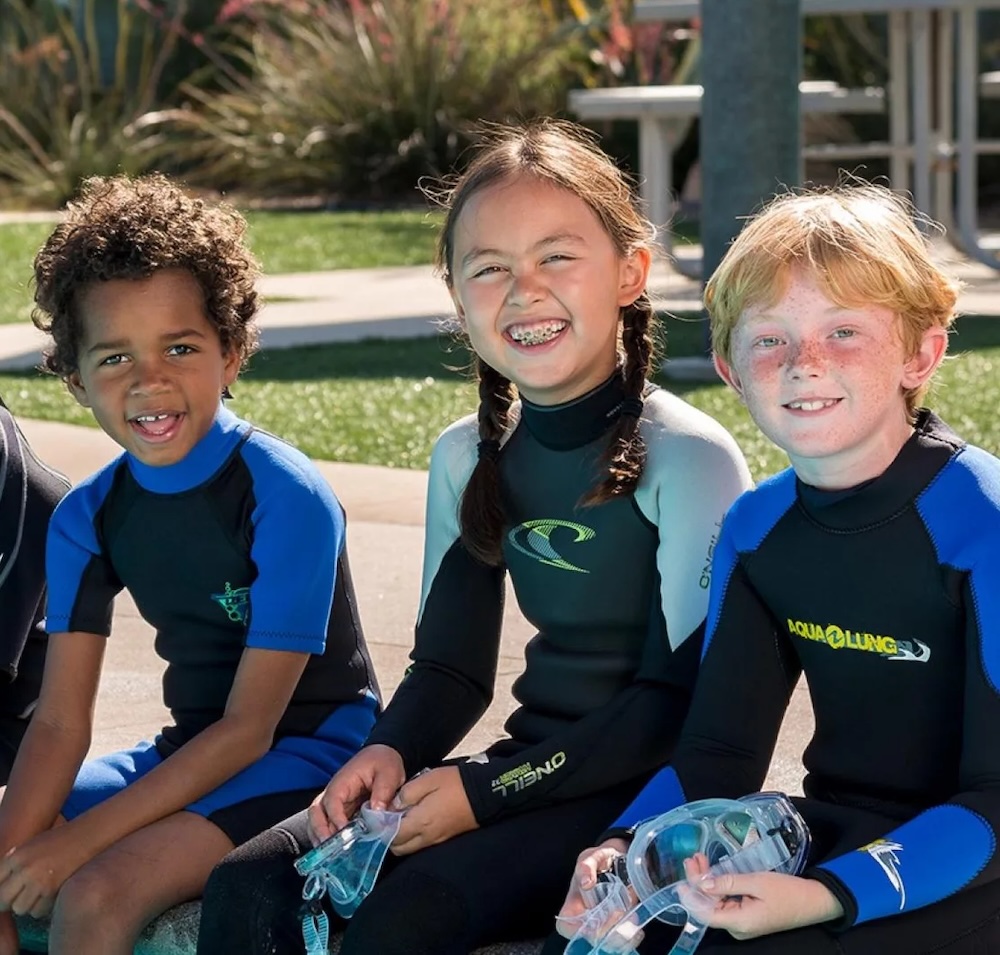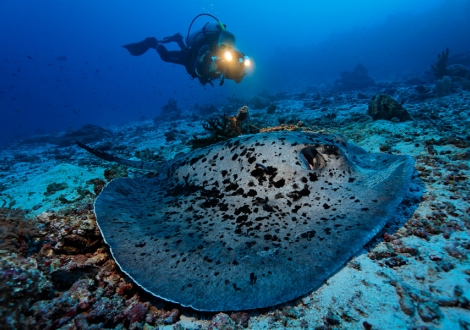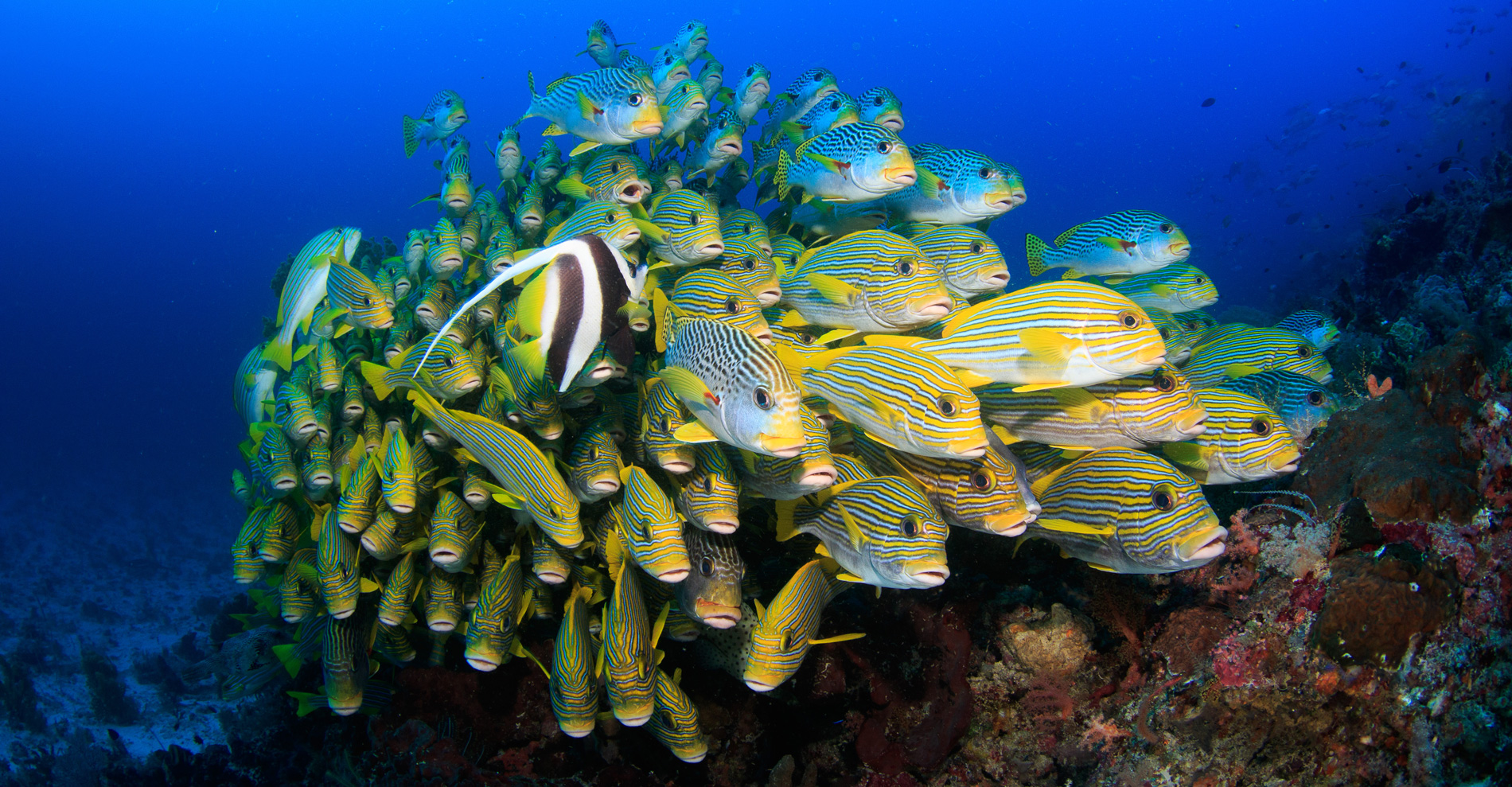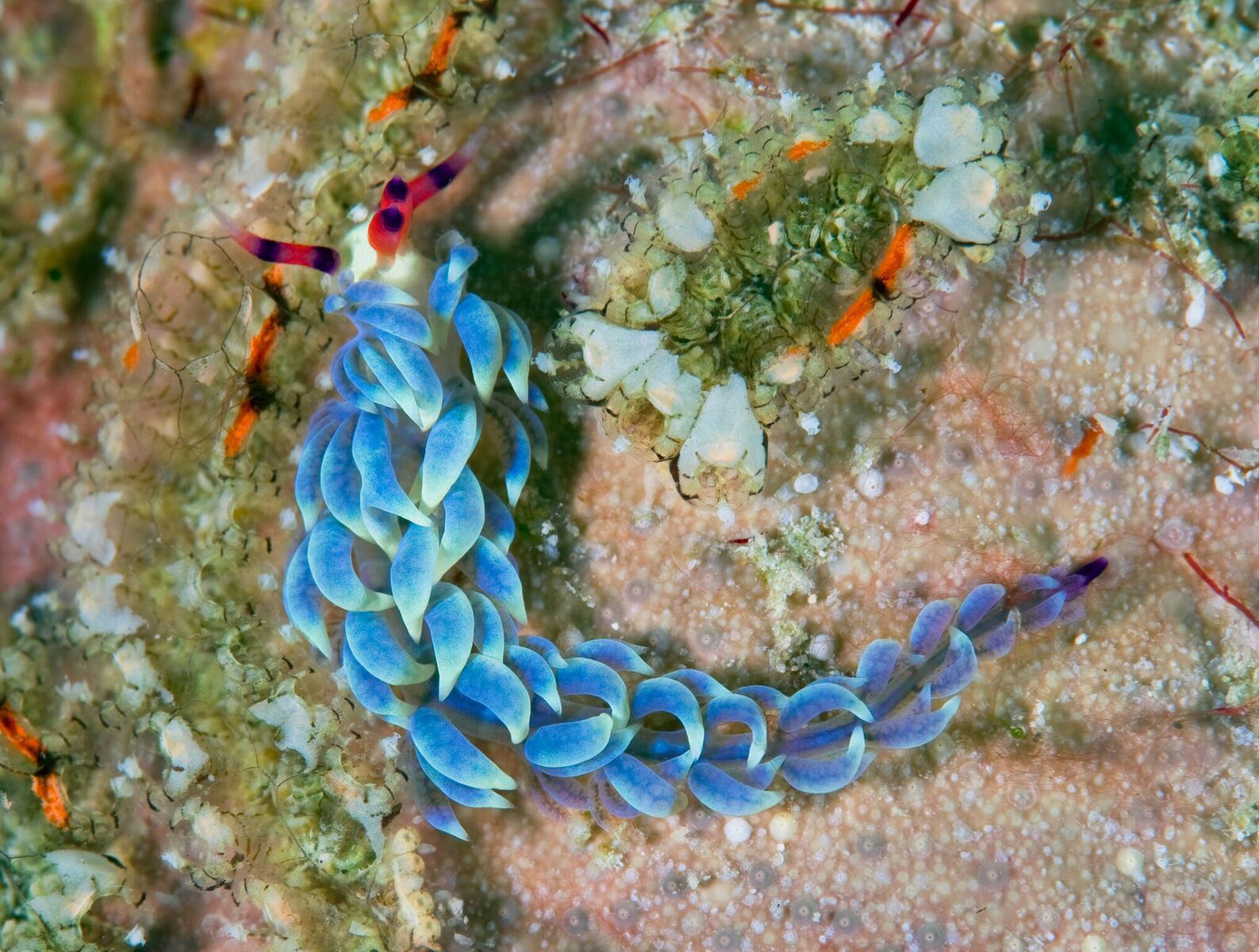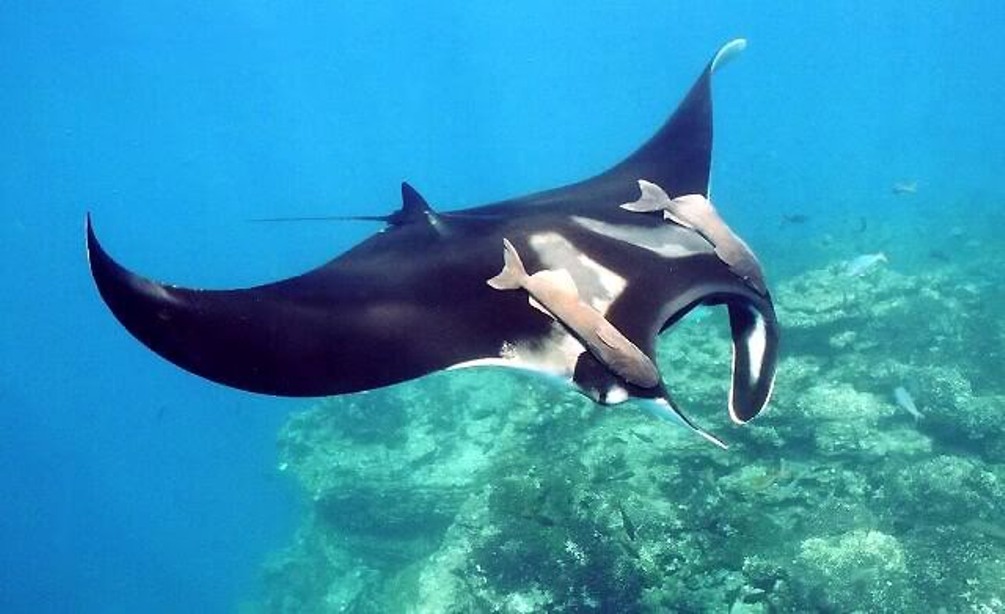Diving Holidays In Papua And Raja Ampat
Indonesia Papua covers the western Bird’s Head peninsula of the island of New Guinea and is divided into two provinces. Western Papua province covers the north west of the island from Cenderawasih Bay to the islands of Raja Ampat. The Raja Ampat archipelago lies in the heart of the coral triangle, the most bio-diverse marine region on earth: a Mecca for scientists, photographers and crusty sea-salts alike.
The Raja Ampat archipelago is the focus for land based diving here. Misool Island is one of the larger islands in the archipelago of Raja Ampat and contains Misool Eco Resort. On mountainous Kri Island you can stay at the Kri Eco Resort or Sorido Bay Resort
Diving In Papua And Raja Ampat
Papua has a huge diversity of habitats to explore, whether your preference is for macro photography or for action packed big fish diving, you will be well served. Indeed, Macro enthusiasts can see Blue Ringed Octopus, Mimic Octopus, numerous types of Pygmy Seahorse, Ghost Pipefish, Frogfish, Mandarin fish and a huge variety of strange and wonderful molluscs and crustaceans. Whereas big fish lovers can encounter giant Mantas, Mobula rays (in large numbers), large schools of Barracuda, Jacks, Mackeral, as well as Wobbegong sharks, Tawny sharks and many others.
According to a serious survey, Raja Ampat has the highest biodiversity of both fish, and coral species. Moreover, the findings showed more species diversity than any other area previously surveyed worldwide. The Raja Ampat islands offer some of the most breathtaking diving opportunities. Marine tourism has the potential to play a key role in the conservation of Raja Ampat’s spectacular underwater realm, while also creating real benefits for the local communities.
The reefs around Misool offer a breathtaking kaleidoscope of colour and a nice contrast to all the big stuff on other dive sites. The soft corals are unbelievable, all kind of colours and at all depths, you will not be disappointed by the underwater experience.
Dive sites includes names like: Sardine reef Cape Kri Mike’s Point (Dampier strait) the Passage (or Alley) Melissa’s garden Blue water Mangroves Manta point Lalosi Mios Kon Chicken Reef Kofiau Aljui Bay Waigeo. All those dive sites will allow you seeing over 3000 fish and 400 coral and sponge species.
What you are likely to encounter on a dive holidat to Papua and Raja Ampat: Dolphins, dugongs, green leatherback turtles, fusiliers, giant trevelly, packs of bluefin jacks, spanish mackerel, batfish, schooling bannerfish,
bumphead parrotfish, grey reef sharks, blacktips, whitetips, wobbegong, colourful species of dendronephya soft corals pygmy seahorse. As well as, schools of big-eye trevelly, barracudas, banded sweetlips, snappers, clown fish, tomato anemone fish, Harlequins, surgeonfish, mantas,ancient giant clams, butterflyfish, archerfish and many others.
Diving Seasons In Papua And Raja Ampat
Dry season - October - april
Rainy season - May - September, but this is unpredictable and seldom falls for more than a few days at a time in any case.
Northwest monsoon - November - April
Southwest monsoon - May - October
Air Temperature - 27 / 32°C all year round, hot and muggy climates on the coasts.
Water temperature - 27°C
Best time to dive - October - April (more wind and rain in the rest of the season).
Things To Do In Papua And Raja Ampat
- Kayaking in the shallow bays, especially in the Mangrove forests
- Cruising to the stunning land scenery of Papua and Raja Ampat
- Bird spotting - find the Bird of Paradise from the water
- Hiking into the forest to experience the diversity of birds and animals
- Fishing - unexplored fly-fishing for bonefish or deep water trolling for marlin and sailfish.



 Nassau
Nassau

